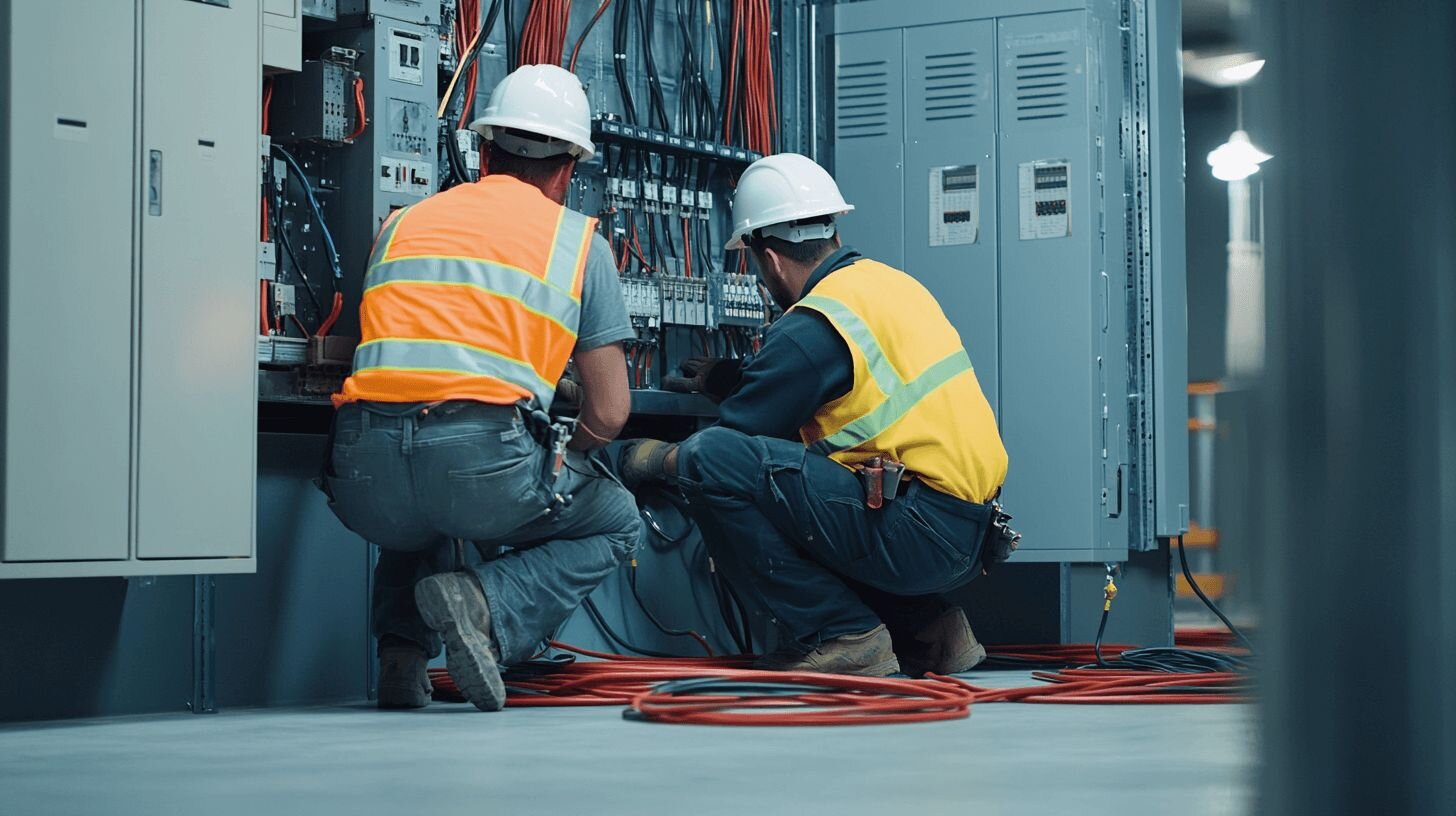Big regulatory changes are shaking up HVACR, and it’s forcing contractors to rethink how they pick equipment, refrigerants, and manage costs. Federal deregulation talks, shifting refrigerant and energy standards, incentive changes, and evolving state policies have made the landscape more complex than ever.
If you’re managing equipment choices, refrigerant strategies, and project costs, this period of uncertainty means you need to stay sharp and adaptable. Here’s a breakdown of the biggest regulatory moves reshaping the industry and what they mean for your business.
EPA’s Technology Transition Rule Under Review
The EPA’s 2023 Technology Transition rule sets limits on refrigerant Global Warming Potential (GWP) to phase down high-GWP HFCs. Some sectors already started switching in early 2025, like light commercial AC units, which moved to A2L refrigerants capped at 700 GWP. Food retail self-contained equipment switched to a 150 GWP limit, pushing the use of A2L or R-290 (propane).
But the new EPA administration is reconsidering this rule, and legal challenges from groups like the Food Marketing Institute are active. There’s talk of delaying or even rolling back some GWP limits.
For contractors, this means uncertainty. Many OEMs have invested heavily in low-GWP tech. A rollback could force a return to older refrigerants and technologies, raising costs and complicating compliance. It could also lead to a patchwork of different state rules, making your job more complex.
Refrigerant Management Rules Evolving
The EPA is working on refrigerant management rules focused on improving leak detection, recovery, and reclamation while building on existing Section 608 regulations. These best practices promise lower maintenance costs and better performance, while reducing environmental impact.
However, some provisions, like requiring 100% reclaimed refrigerant for servicing by 2029, may be hard to meet because certain HFCs haven’t been widely used long enough to create a reliable reclaimed supply.
DOE Efficiency Standards in Flux
The DOE’s efforts to update efficiency standards for commercial refrigeration equipment and walk-in coolers and freezers (WICFs) have faced significant setbacks. In May 2024, Congress passed a joint resolution of disapproval under the Congressional Review Act that repealed the DOE’s updated energy conservation standards for CRE, which were scheduled to take effect in 2029.
This repeal means the most recent 2017 standards for commercial refrigeration equipment remain in effect for the foreseeable future. It is currently unclear when or if the DOE will revisit and update these standards again.
A similar resolution nullified the DOE’s energy standards for walk-in coolers and freezers, effectively withdrawing the December 2024 rule. As a result, the DOE is generally prohibited from issuing a substantially similar rule for WICFs without new congressional authorization.
These developments add uncertainty to the commercial refrigeration market, leaving efficiency targets and regulations in limbo while maintaining older standards.
Tariffs Are Adding Cost Pressure
Steel and aluminum tariffs of 50% have driven up raw material costs, pushing prices higher across the HVACR equipment supply chain. That means finished units and parts are more expensive. The government aims to rebuild domestic manufacturing and stabilize tariffs, which could help bring costs down and supply chains under control in the long run.
What This Means for You
The HVACR regulatory landscape is more unsettled than it’s been in decades. Staying informed, adaptable, and focused on facts is key to navigating these changes without disruption.
OEMs, contractors, and end-users all face tough decisions on refrigerants, equipment, and efficiency. The best approach is to keep learning, plan for multiple scenarios, and focus on delivering reliable, compliant, and cost-effective solutions.



